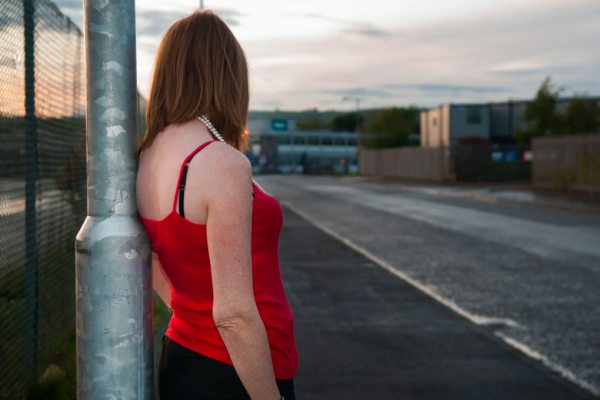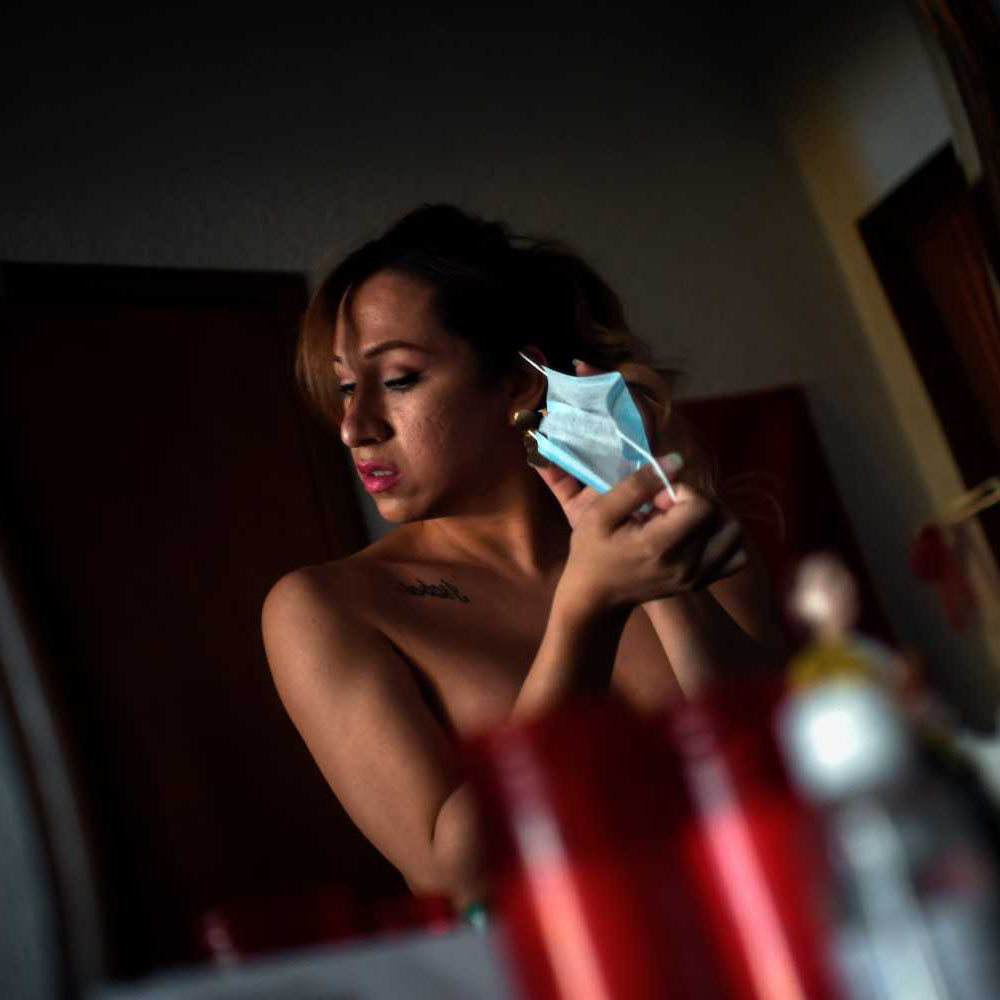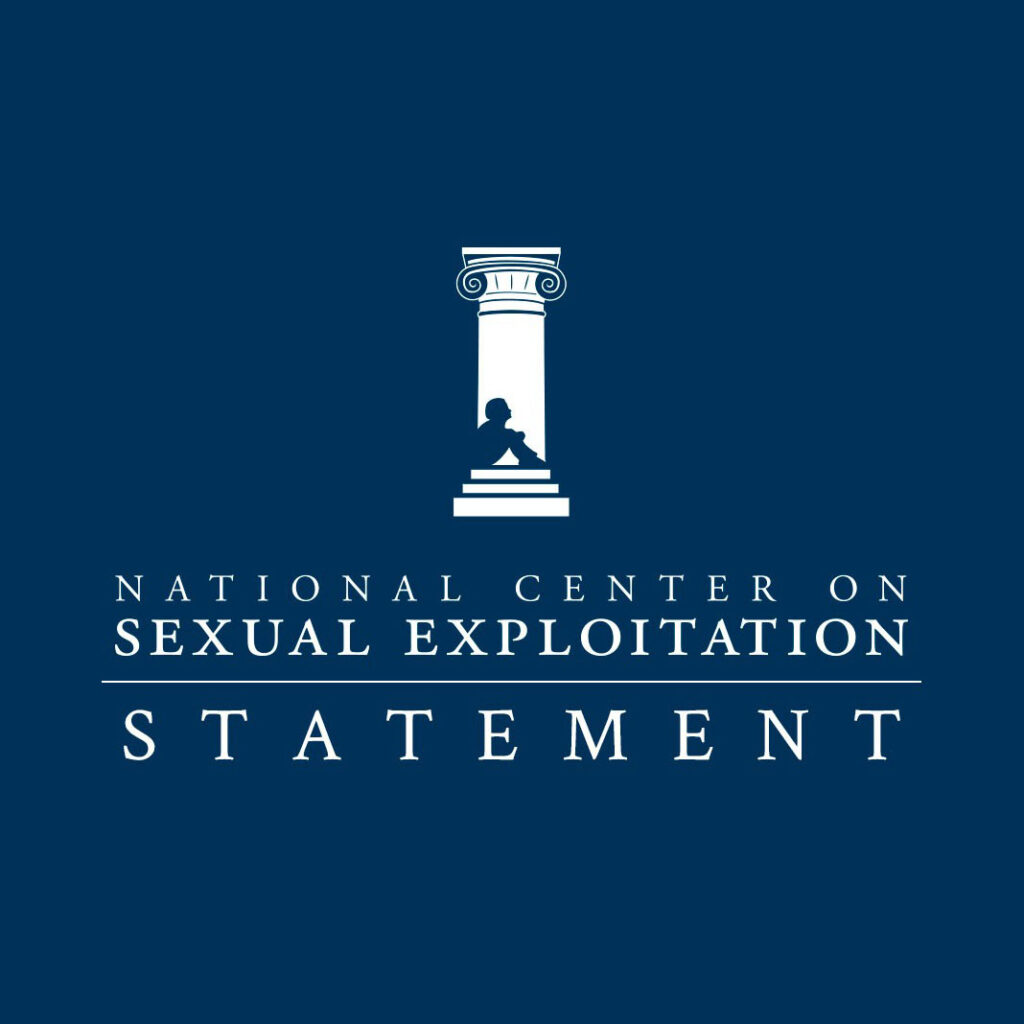A vast portion of sex trade research is biased. This is nothing new, yet sex trade skeptics are hardly given a platform in which to make a case against the current (and reckless) research methodologies that make prostituted individuals look like legitimate workers that do not suffer assault, or have issues with STIs.
For example a quick Google search into ‘sex work’ will bring up research, such as the Law and Sex Worker Health Study Summary Report (LSWHS), spearheaded by Curtin University. The unfortunate truth is, that research such as this uncover data regarding a select and privileged portion of prostituted women who are not locked up inside brothels in underground facilities, but are in fact, out in society and free to add to the ever-growing body of literature that paints the sex trade as a safe, legitimate and pleasurable environment.
See the problem here? Those whose voices are desperately needed within the research are not heard while more research into the apparent benefits of ‘sex work’ is uncovered because those who are able to partake is such research are the privileged portion of individuals in the sex industry with access to technology in which to participate in surveys. Thus, when legislation is made on the issue, ministers will seek research, and will tout the statistics that are readily available to them – that’s right – the statistics from the privileged portion of those on the sex trade spectrum.
The biased aspect of the LSWHS research paper is apparent on the page containing the document’s first chapter, which reads:
‘…honestly, the sex workers that I’ve met are the kindest, most hard working, most compassionate, loving people, you know? And they need a better – they need to be looked after better.’
For one thing, the quote refers to prostituted women as sex workers, which carries with it a certain conception that the sex trade is a business just like any other. The term ‘prostitute’ carries an air of condemnation while a definition such as ‘sex worker’ legitimises this trafficking industry.
The paper, created in 2007, aimed to determine whether prostitution laws affect the wellbeing and health of the participants of the trade. The study surveyed members from Melbourne (where prostitution is regulated through licensed brothels, Perth (where sex work is not illegal whilst public brothels are), and Sydney, where most forms of sex work are decriminalised and unlicensed. 200 prostituted women from each region were surveyed and their data was collected and analysed. The findings were as follows:
- Policing of the sex trade is more important than the legislation (policing activity and policy are not sufficiently correlated)
- The prostituted women had very low rates of STI prevalence due to condom use
- The respondents ‘enjoyed’ low rates of psychological distress
- Licensing and criminal status of prostitution prevented health promotion strategies
- Monthly STI screenings are not cost efficient within Victoria
Interestingly, Julie Bates was contracted to assist in the study. Julie Bates is a public sex worker advocate, according to the Sydney Morning Herald. Furthermore, the paper then thanks the sex trade businesses which participated in the study – which only demonstrates that those who participated were lawful and licensed organisations. Would this research then adequately explore the true nature of the sex trade (including the vast illicit organisations that operate alongside the licensed brothels). Of course not. How then, can the study adequately paint a verified picture of the reality of the majority of prostituted women and services within Australia when its methodology is riding on highly misguided principles? The short answer is, it can’t.
The research was fundamentally set up in a way that favours the industry. Research conducted in this highly negligent manner thus turns a blind eye to the actuality of the situation. Our ministers in turn will use research such as this to promulgate a narrative regarding the sex trade that is simply untrue, or highly skewed toward a biased outcome.
At least the research appears to recognise the fact that many prostituted individuals are from migrant backgrounds, as they offered their surveys in Thai, Korean and Chinese languages. These surveys were to be conducted via mobile phone. The reality is then, that those providing information to the study had access to technology. Would trafficked females within the industry have access to luxuries such as their own personal mobile phones? Probably not. Thus you get a highly biased research result that fails to acknowledge the true nature of the abuse suffered through underground illegal activity, which is where the research is most needed in the first place.
Further flaws in the study are seen on page seven, which sets out the methodology to analyse STI prevalence regarding the respondents to the tests. if a patient undergoes multiple tests for STIs within a year, only the first test result is taken into account in the study. This illogical method of research only further demonstrates strong bias to represent the sex trade in a way that best mitigates its damage.
The paper than states the team of researchers approached 8 brothels for study regarding non-culturally and linguistically diverse sex trade services – and were refused access into 4. What does that tell you about the lawfulness of such premises? Further, the research conducted is thus taken from the 4 brothels where entry was granted and circumstances within the premises were likely to be deemed lawful, thus demonstrating a research result that favours the sex trade.
In terms of culturally and linguistically diverse sex trade research, the team gained access to 8 out of the 14 brothels they visited, and 13 out of the 26 massage parlours they visited.
Moreover, community complaints regarding sex trade services are widespread, however when investigated there is limited evidence found onsite, and managers of the trade will deny the presence of sexual occurrences happening within premises. This demonstrates that those involved in handling prostituted individuals are adept at dodging lawful procedures.
Though there are evident flaws with the aforesaid research, there have been some revelations about the sex trade through its findings. In Perth for example, according to two massage parlour owners, clients have reported finding massage shops easier to access as they involve ‘less guilt’ than accessing a brothel or private worker. It can be concluded then, that despite the study’s bias in attempting to idealise the sex trade, there is, and rightly so, a continued societal sense of immorality and stigma associated with prostitution.
The research also reestablished the fact that the sex trade and drug usage form an inextricable link, with clients often offering drugs to prostituted individuals. Because of drug usage within the trade, prostituted individuals rarely involve the police or other authorities to report criminal behaviour such as assault, for example. Furthermore, the research suggests that ‘coercive behaviour by Police, other officials or by people within the sex industry was not reported by any respondent.’ This statement ignores the reality that intoxication is often an issue arising out of criminal behaviour – and prostituted peoples under the influence of drugs are not going to be able to provide consent, or may be coerced with ease while intoxicated. This contradiction within the research is ignored.
Furthermore, on page 22, the number of surveys completed during the study indicate that of 354 responses, 196 were ‘English online surveys.’ 158, or less than half of the surveys were done through a ‘non-english survey.’ Even though the vast majority of prostituted individuals are migrant women within Australia, the study received a majority of responses by those who could speak adequate or fluent English. In other words, a true representation of the industry, appreciating the cultural and socio-economic variations of the prostituted individuals in the trade, is not taken into account and as a result, the non-migrant portion of prostitutes is overrepresented, when the reality is of course, the opposite.
Another interesting contradiction apparent within the research is that it indicates that nearly half (47%) of respondents of the study reported that within the last 12 months they were pressured by a client into doing something they did not wish to do at least once. Over one third (35%) of respondents claimed they were threatened by a client at least once and over a fifth (23%) of respondents had been assaulted by a client. Despite this data found within the study, the study still promotes the idea that respondents of the study experienced low rates of psychological distress. Furthermore not even half of the respondents at 40% stated that ‘sex work enhanced their wellbeing,’ which indicates that the majority of prostituted women, even on the privileged English speaking end of the spectrum, do not find the sex trade to be beneficial to one’s wellbeing. Despite this evidence, the study approves of the industry and paints it as a viable enterprise, which is downright misleading and contrary to their own findings.
In conclusion it is evident based on the above analysis of the LSWHS study that it is both biased, contradictory and includes methodological problems which work to provide a semblance of ‘everything is dandy within the sex trade,’ when in reality, this is simply not the case. In future it may be prudent for governmental officials or other polities who bring up research, to acknowledge the limitations of current data in that it is often based on the narrow views of prostituted individuals who have access to the outside world and technology such as mobile phones or social media, for which to respond to surveys, leaving the vast majority of those without a voice, vulnerable, and within even more dangerous circumstances because of the research that supposedly tells our officials that there is ‘nothing further to investigate.’ There is. And it must be researched using adequate methodologies.







